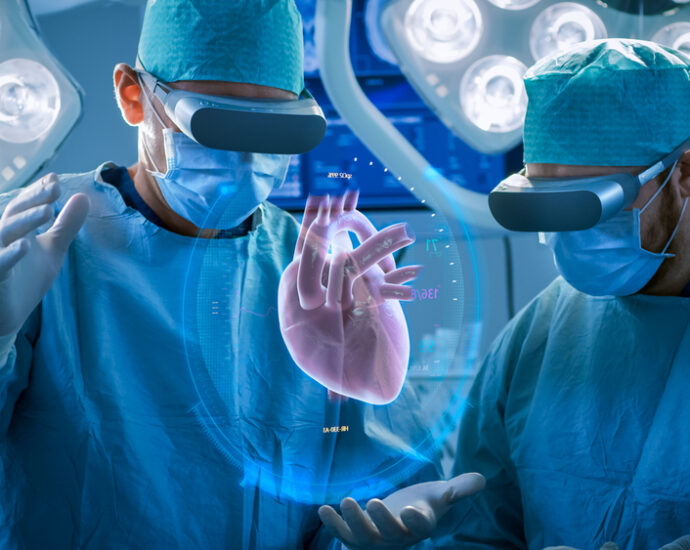Spatial computing, propelled by companies like Lumus, is transforming both our professional and leisure activities. Diving deep into its trajectory, the AR/VR B2C industry looks promising, with projections reaching a staggering $31.12 billion in 2023, and an anticipated surge to $52.05 billion by 2027.
Spatial computing encompasses a vast spectrum. At one end lies Reality, with Virtual Reality (VR) at the opposite extreme, bookended by Augmented Reality (AR) and Mixed Reality (MR). In the realm of AR, products like XREAL air enhance our worldview by superimposing contextual digital information, facilitated by their cutting-edge near-to-eye display technology. Similarly, Lumus’ Z-Lens offers AR/MR smart glasses with an OE Z-Lens, notable for their slim design and no-strap structure.
However, it is not just about visual overlay. Mixed reality’s potential is immense, letting physical and digital components interact, as seen with Apple Vision Pro. This growth is juxtaposed with the tech’s shrinking physical size. By 2024, an astounding 1.4 billion devices are expected to possess AR functionalities.
Spatial computing’s implications span across work, play, and education. In the workplace, envision holographic business calls, streamlined project developments, and a remote work era free from displays or keyboards. In leisure, the metaverse games, augmented fashion, and AR-enhanced karaoke promise an immersive experience. Furthermore, educational institutions are set to benefit, with enriched interactive learning, virtual field trips, and effortless notetaking.
Yet, it is not just about convenience. Healthcare is witnessing a revolution, with AR aiding in better patient care, real-time diagnostics, and optimized hospital navigation.
The future? Well, as near-to-eye displays gain prominence, the smartphone era seems threatened. In 2023, smartphone sales dropped by 14%, while AR glasses’ sales skyrocketed by over 45%. Powering these glasses is the revolutionary Waveguide technology. Reflective waveguides, in particular, offer significant advantages, including battery efficiency and brighter displays.
Ultimately, spatial computing is not just the next tech trend, but rather an evolving ecosystem set to redefine our digital journey.

